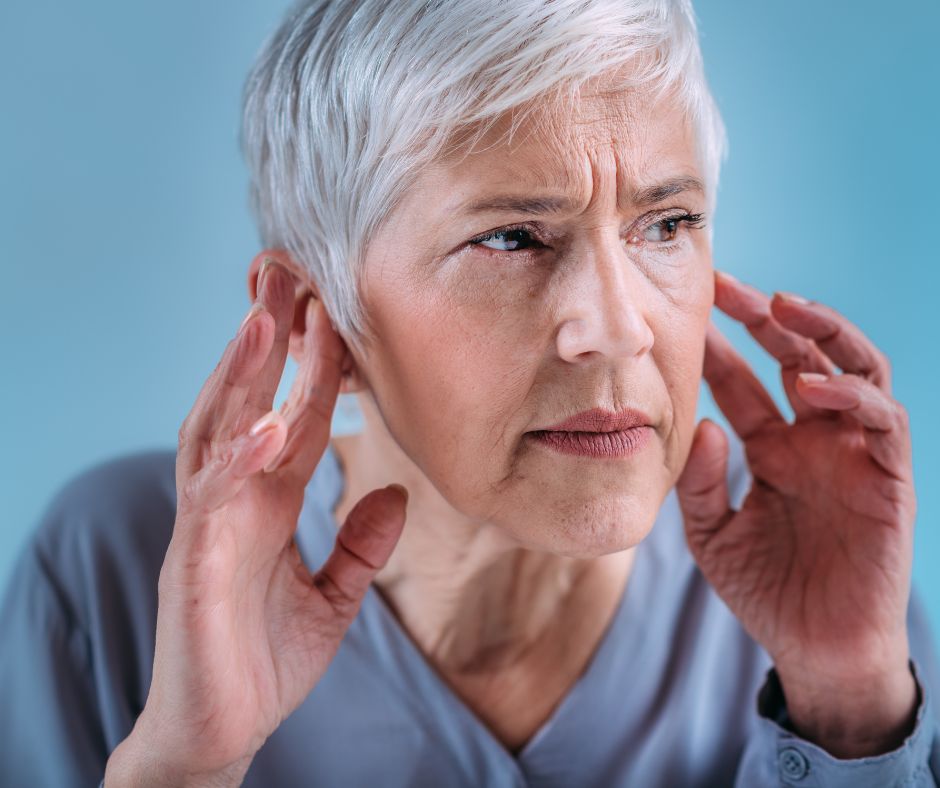Healthy Hearing is Important
Being able to hear is important. Healthy hearing gives us the freedom to communicate. To socialize with friends. To be more alert of our surroundings. Healthy hearing gives us peace of mind.
So when your hearing begins to decline, and for most of us it will, it can take away from your quality of life. The fact is, untreated hearing loss doesn’t just affect you physically. It can impact your emotional and social health, too.
Untreated hearing loss is often related to:
- Negative attitudes, anger and irritability
- Stress, fatigue and tension
- Depression
- Loneliness
- Desire to avoid social scenes
- Unsafe situations due to decreased alertness
- Lower job performance
- Trouble remembering things or following directions
Many people chalk these symptoms up to old age. But in truth, hearing loss occurs in every age group. It’s especially important to catch hearing loss in children since healthy hearing is so essential to language development and learning skills. But adults young and old also need to watch for signs of hearing loss so they can make the most of their quality of life.

Anatomy of the Ear
The ear is made up of three parts: the outer, middle, and inner ear. All three parts of the ear are important for detecting sound by working together to move sound from the outer part through the middle and into the inner part of the ear. Ears also help to maintain balance.
The inner ear includes:
- oval window – connects the middle ear with the inner ear
- semicircular ducts – filled with fluid; attached to cochlea and nerves; send information on balance and head position to the brain
- cochlea – spiral-shaped organ of hearing; transforms sound into signals that get sent to the brain
- auditory tube – drains fluid from the middle ear into the throat behind the nose
When the stapes moves, it pushes the oval window, which then moves the cochlea. The cochlea takes the fluid vibration of sounds from the surrounding semicircular ducts and translates them into signals that are sent to the brain by nerves like the vestibular nerve and cochlear nerve. The outer ear includes:
- auricle (cartilage covered by skin placed on opposite sides of the head)
- auditory canal (also called the ear canal)
- eardrum outer layer (also called the tympanic membrane, TM)
The outer part of the ear collects sound. Sound travels through the auricle and the auditory canal, a short tube that ends at the eardrum. The middle ear includes:
- eardrum
- cavity (also called the tympanic cavity)
- ossicles (3 tiny bones that are attached)
- malleus (or hammer) – long handle attached to the eardrum
- incus (or anvil) – the bridge bone between the malleus and the stapes
- stapes (or stirrup) – the footplate; the smallest bone in the body
Sound entering the outer ear travels through the middle ear and causes the eardrum and ossicles in the middle ear to vibrate. As it travels, it amplifies (becomes louder) and changes from air to liquid.
Diseases and Abnormalities of the Ear
There are a number of different infections, diseases, and even cancersthat can affect the ear and ultimately lead to hearing loss. These conditions include otosclerosis, otisis media, and Ménière’s disease.
Decibel (dB) Sound Measurement
The decibel is a unit of measurement that indicates how loud a sound is. The higher the level, the louder the noise is. With increased decibel levels and longer periods of exposure, the risk of permanent hearing loss increases, so it’s important to limit exposure through hearing protection and avoidance of loud noise. Children are especially susceptible to permanent damage as they are developing, so each year, the Sight and Hearing Association releases a list of noisy toys that exhibit dangerous decibel levels.
Improve Your Hearing Today - Schedule a Free Hearing Test
